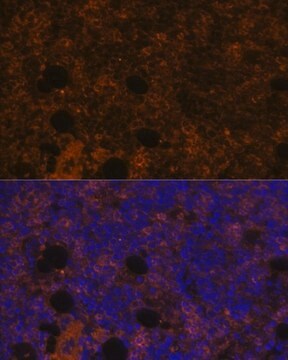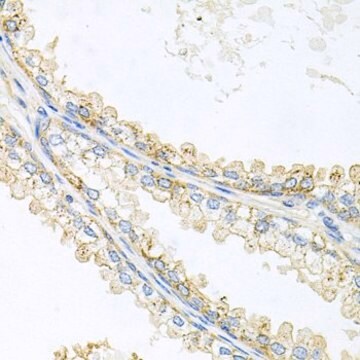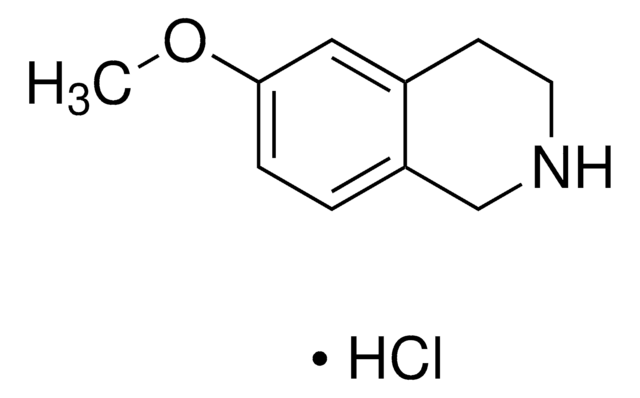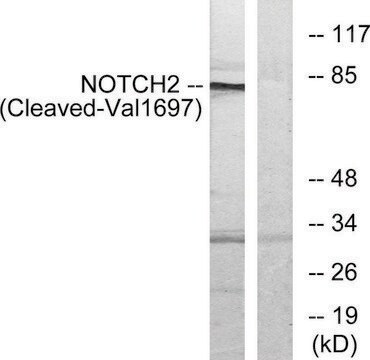MAB10207
Anti-Fusion Glycoprotein of Human parainfluenzavirus Type 3 Antibody, clone 9-4-3
ascites fluid, clone 9-4-3, Chemicon®
Synonym(s):
PI3
Sign Into View Organizational & Contract Pricing
All Photos(1)
About This Item
UNSPSC Code:
12352203
eCl@ss:
32160702
NACRES:
NA.41
Recommended Products
General description
Human parainfluenza virus type 3 (PI3 virus) causes mild to severe respiratory tract infection in infants. PI3 virus is an enveloped RNA virus and possesses two glycoproteins, hemagglutinin-neuraminidase (HN) and fusion (F), at its external surface. These two glycoproteins are known to be responsible for initiation and progress of the infection process
Immunogen
Fusion (F) glycoprotein of human parainfluenzavirus type 3
Legal Information
CHEMICON is a registered trademark of Merck KGaA, Darmstadt, Germany
Not finding the right product?
Try our Product Selector Tool.
Storage Class Code
10 - Combustible liquids
WGK
WGK 1
Flash Point(F)
Not applicable
Flash Point(C)
Not applicable
Certificates of Analysis (COA)
Search for Certificates of Analysis (COA) by entering the products Lot/Batch Number. Lot and Batch Numbers can be found on a product’s label following the words ‘Lot’ or ‘Batch’.
Already Own This Product?
Find documentation for the products that you have recently purchased in the Document Library.
M A Horga et al.
Journal of virology, 74(24), 11792-11799 (2000-11-23)
Viral interference is characterized by the resistance of infected cells to infection by a challenge virus. Mechanisms of viral interference have not been characterized for human parainfluenza virus type 3 (HPF3), and the possible role of the neuraminidase (receptor-destroying) enzyme
Antiviral effects of glycosylation and glucose trimming inhibitors on human parainfluenza virus type 3
Tanaka, Yoshikazu, et al
Antiviral research, 72, 1-9 (2006)
Laura M Palermo et al.
Journal of virology, 83(13), 6900-6908 (2009-04-24)
Three discrete activities of the paramyxovirus hemagglutinin-neuraminidase (HN) protein, receptor binding, receptor cleaving (neuraminidase), and triggering of the fusion protein, each affect the promotion of viral fusion and entry. For human parainfluenza virus type 3 (HPIV3), the effects of specific
Wenyan Xie et al.
PloS one, 10(8), e0136474-e0136474 (2015-08-26)
Human parainfluenza virus type 3 (HPIV3) can cause severe respiratory tract diseases in infants and young children, but no licensed vaccines or antiviral agents are currently available for treatment. Fusing the viral and target cell membranes is a prerequisite for
Our team of scientists has experience in all areas of research including Life Science, Material Science, Chemical Synthesis, Chromatography, Analytical and many others.
Contact Technical Service








